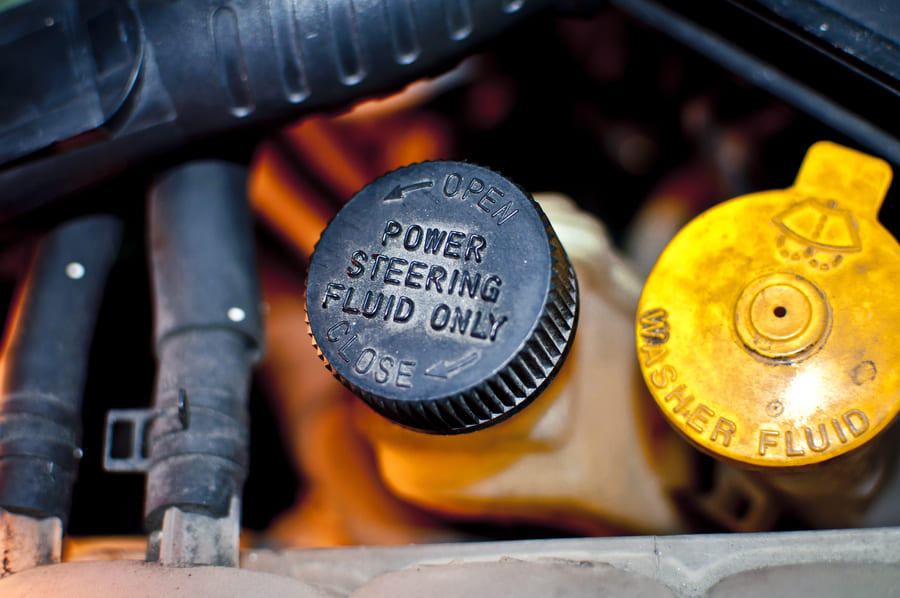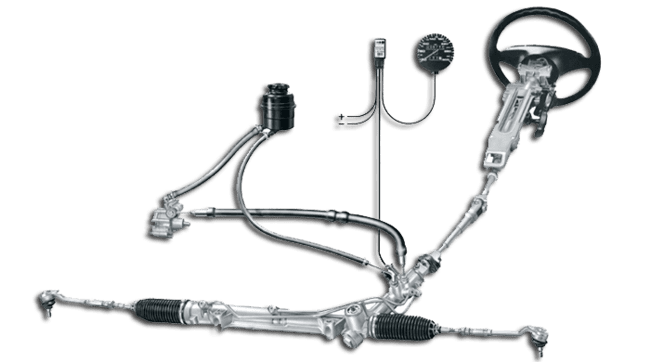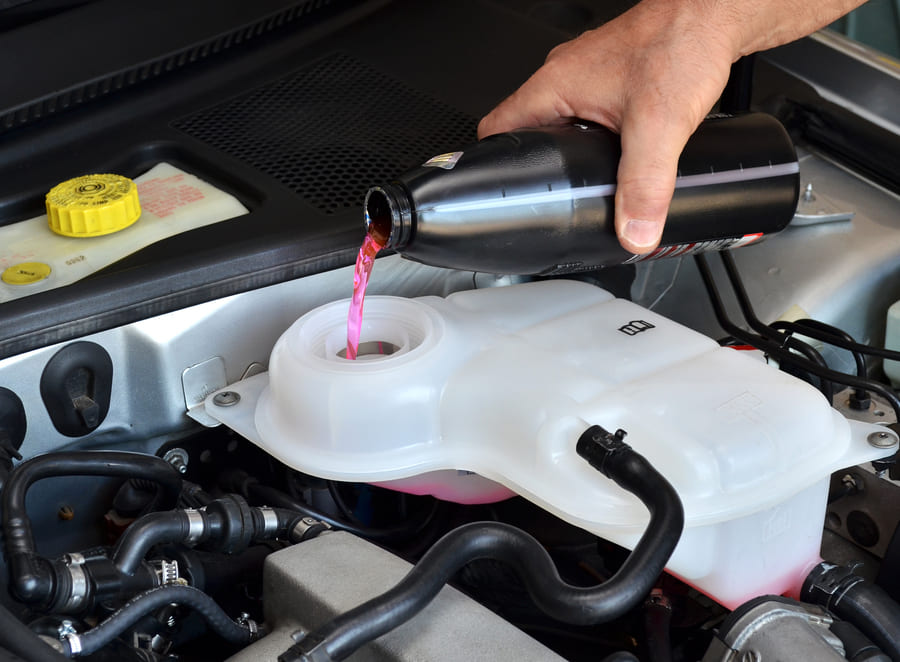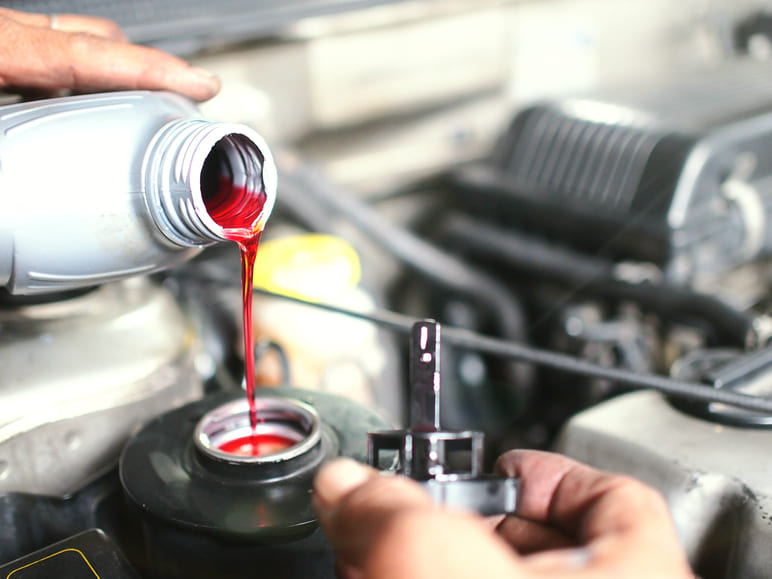
The power steering system is intended to last the entire lifetime of a car, but only if it doesn’t have any fluid leaks. Using substandard fluid or not replacing it regularly are the most common causes of power steering defects. Read our article to learn how to avoid mistakes when choosing and replacing the hydraulic fluid.

Causes of the hydraulic fluid deterioration in the power steering
Intense loads on the power steering and sharp pressure drops in the system lead to premature deterioration of the oil quality.
Our experts pinpoint four main causes of oil deterioration:In modern cars protective bypass valves are used to protect the system components from damage.
When to change the fluid in the power steering
Most car makers including Mitsubishi, Volkswagen, Ford, recommend to change the fluid once in 1-2 years or every 100 000 kilometers.
The following signs may indicate the necessity to make an unplanned oil replacement:You also need to change the fluid if a repair of the pump or any other power steering components has been performed. Usage of oil that has lost its original properties or is unsuitable can damage the pump or spools and lead to premature wear of the sealing elements. On some vehicles, such as Toyota Corolla, Subaru Impreza, and almost all Volkswagen cars, there is no possibility to replace the sealing elements. If they wear out, you will have to install a new power steering system.
How to choose a power steering fluid
There are several main types of fluids:
The power steering fluid usually has information on the package about the standards it meets and in what car brands it can be used.
Hydraulic fluids vary not only in composition and performance features, but also in color.
The most common are the following.However, it is a mistake to choose the power steering oil only by color. The color match does not always indicate the composition identity. For example, the Dexron fluids may be either mineral or synthetic, although they still have the same color. It is strongly prohibited to mix mineral, synthetic and semi-synthetic fluids with each other.

Replacement of the power steering fluid on your own.
Everyone can replace the power steering fluid by self. This process is simple and takes about 30 minutes. For the procedure you will need a large syringe, a container to drain the old fluid and protective gloves.
Keep to the following sequence of steps:- Lift the front of the car using a jack and secure it.
- Using a syringe, pump out the old liquid from the tank.
- Disconnect the return flow hose and place it in a container prepared in advance. Drain the oil.
- Pour a new fluid into the system.
- Turn the steering wheel until it stops a few times.
- When draining the old fluid pour in the new one to the mark located on the surface of the power steering fluid tank or on the dipstick fixed in the tank lid. Refill the oil until the new liquid flows out of the hose.
- Attach the hose in place, start the engine and turn the steering wheel in both directions.
- Once again, fill the fluid up to the mark.
Conclusion
Buy only high-quality oil, always take into consideration the technical requirements of your car, do not neglect the recommendations for changing the oil. The calm driving style, timely replacement of fluid and compliance with the rules of its choice guarantee a long and reliable operation of the power steering.








Comment